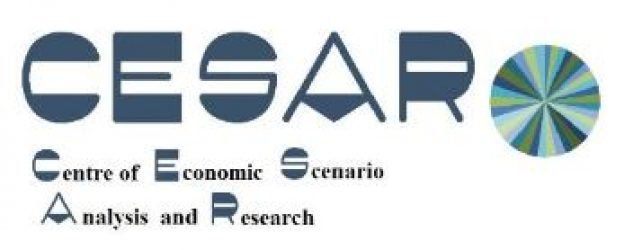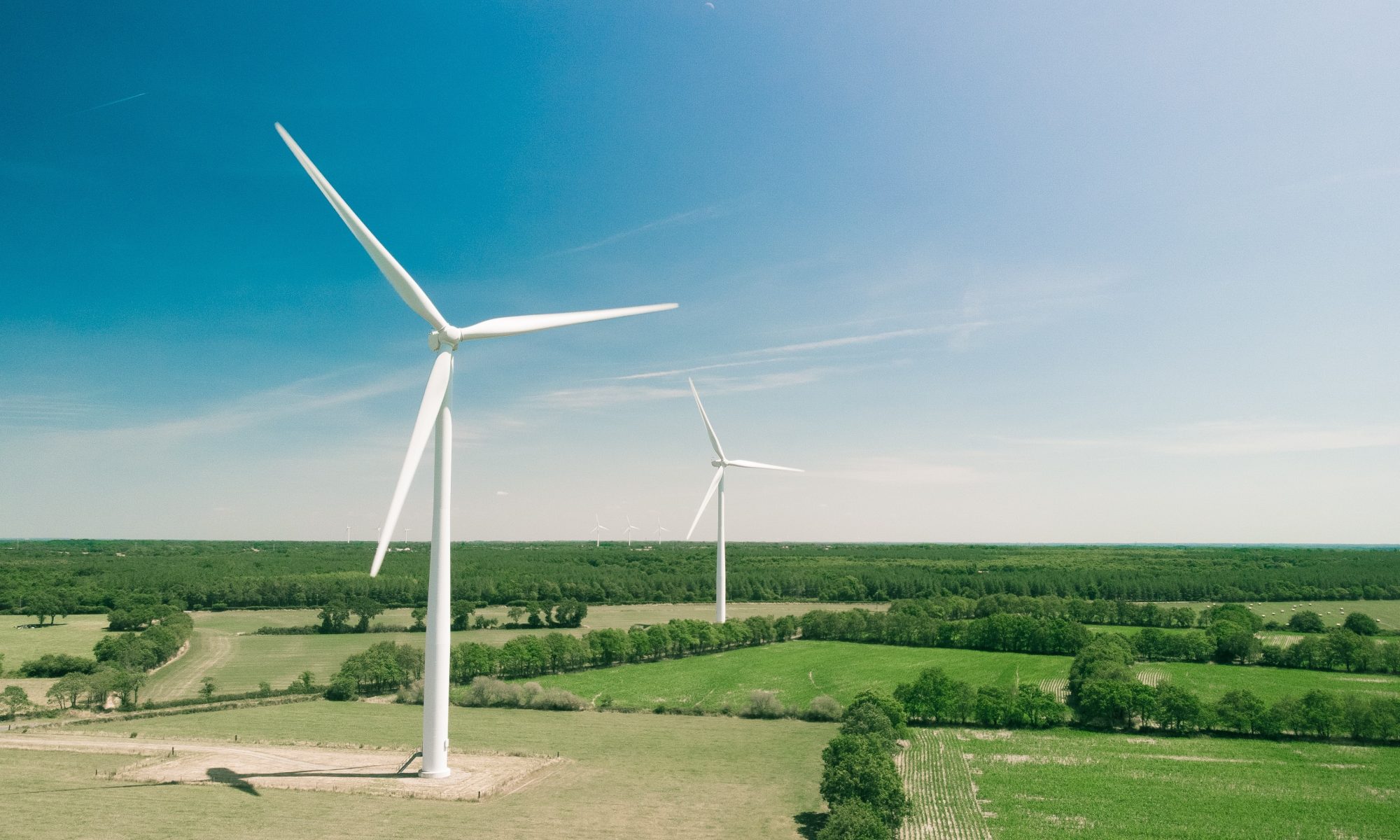CESAR’s mission is to provide quantitative analysis of the socio-economic and environmental impacts of (a) long-term scenarios, (b) economic and environmental policy, (c) firm strategies, etc. based on economic modeling. CESAR’s modeling approach is broad and systemic as it describes all relevant relationships and ‘feedbacks’ between technological, economic, social and environmental factors. This differs from a narrowly specialized perspective of partial analysis, which usually just describes the relationship between the relevant factors in only one sector of the economy, or only in the macroeconomic area. All economic modeling done by CESAR is based on input-output models, so that results are obtained in terms of sectors of the economy incorporating all the inter-linkages between these sectors.
The working approach is guided by the following principles:
1) There is not only one future. For decision making it is indispensable to think of different scenarios and their respective impacts.
2) Econometric and other numeric economic models are not a ‘telling the truth’, but they are a useful tool for displaying systemic impacts and macroeconomic feedbacks (e.g. ‘rebound effects’) that would otherwise be invisible.
3) Interdisciplinary collaboration is important. As many new great ideas in economics have evolved in the combination with other scientific disciplines, collaboration is essential. One form of collaboration in which CESAR specializes is the linking of models (e.g.: macroeconomic model / model of climate change).
Singularity of CESAR
The singularity of CESAR is the specialization in economic modelling at three different geographic levels:
-
- Regional
- National
- Inter-regional
The core of each model alwasys consists of an input-output model, a model of private consumption, of production (demand for labour, energy, capital, etc.), of the public sector, as well as the labour market. External trade is modelled in a different way in each of the models, depending on the geografic level of the model. Data on the energy sector and the environment complement the models and are applied for an in depth- analysis of the energy sector as well as for life cycle analysis (LCA).
Examples for studies and models at regional level comrise: the provinces in Austria, the Basque Country, the nine “länder” in Austria.
Examples for studies and models at inter-regional level are: 33 regiones (the EU 27 and other countrries) in a model of the global economy.
Examples for studies and models at national level include: Austria, Spain, the EU 27 (as a single economy).


